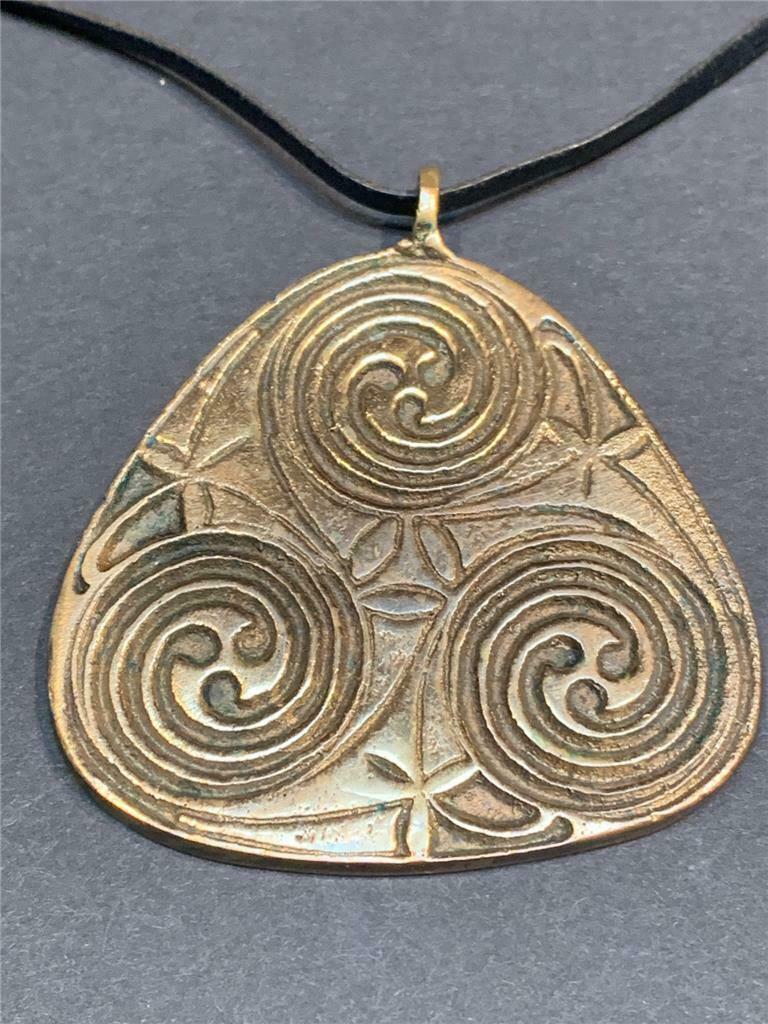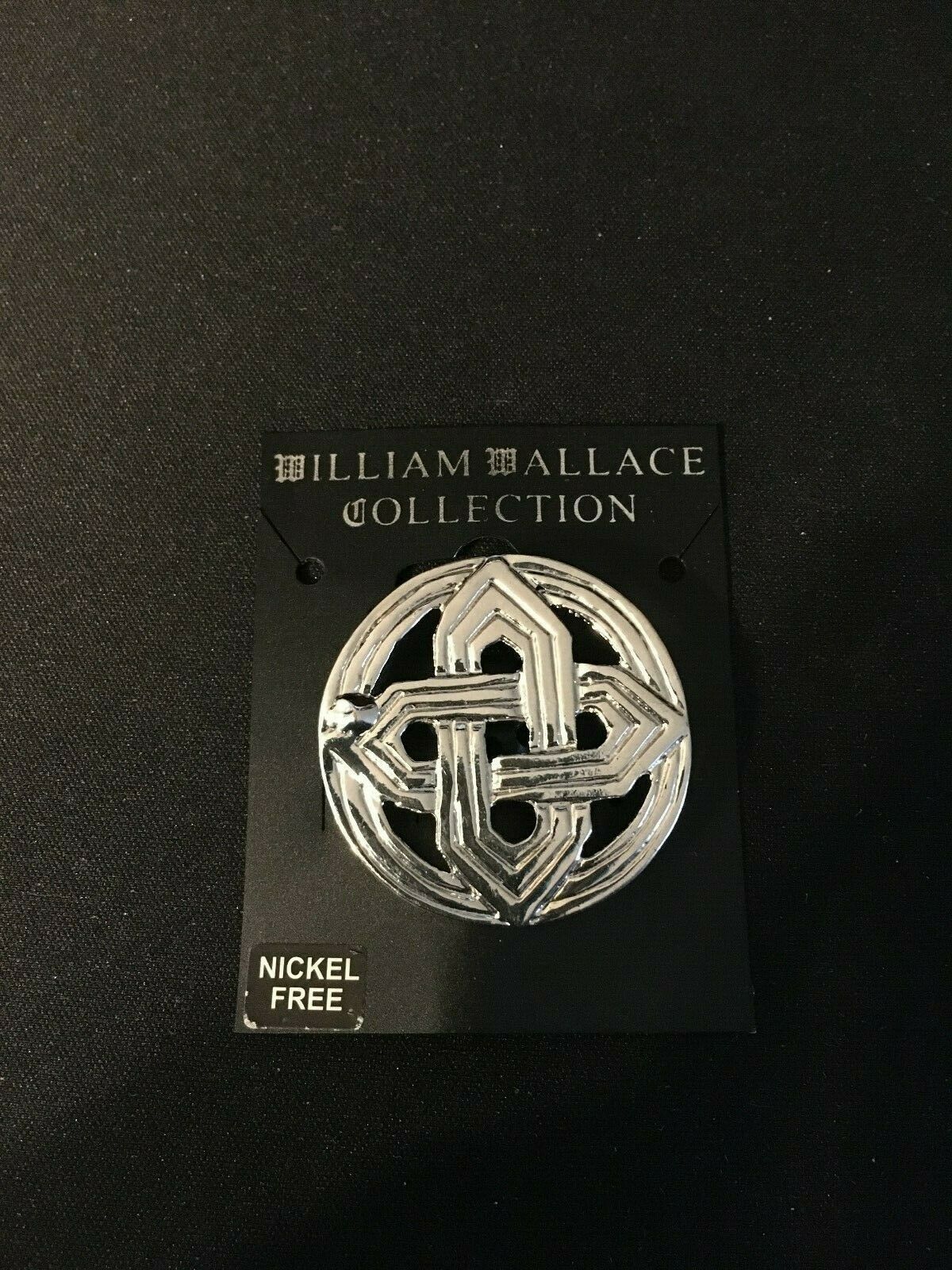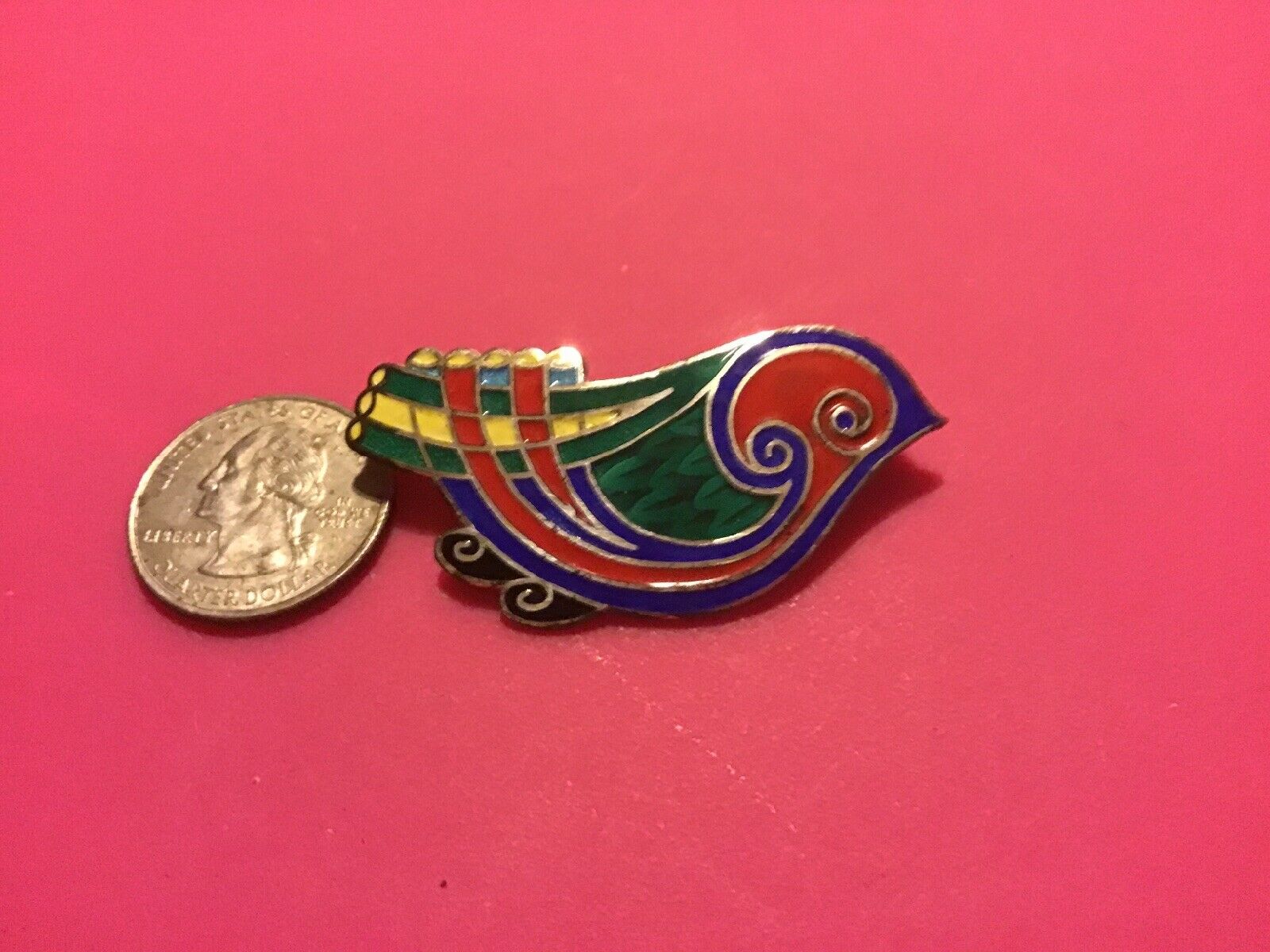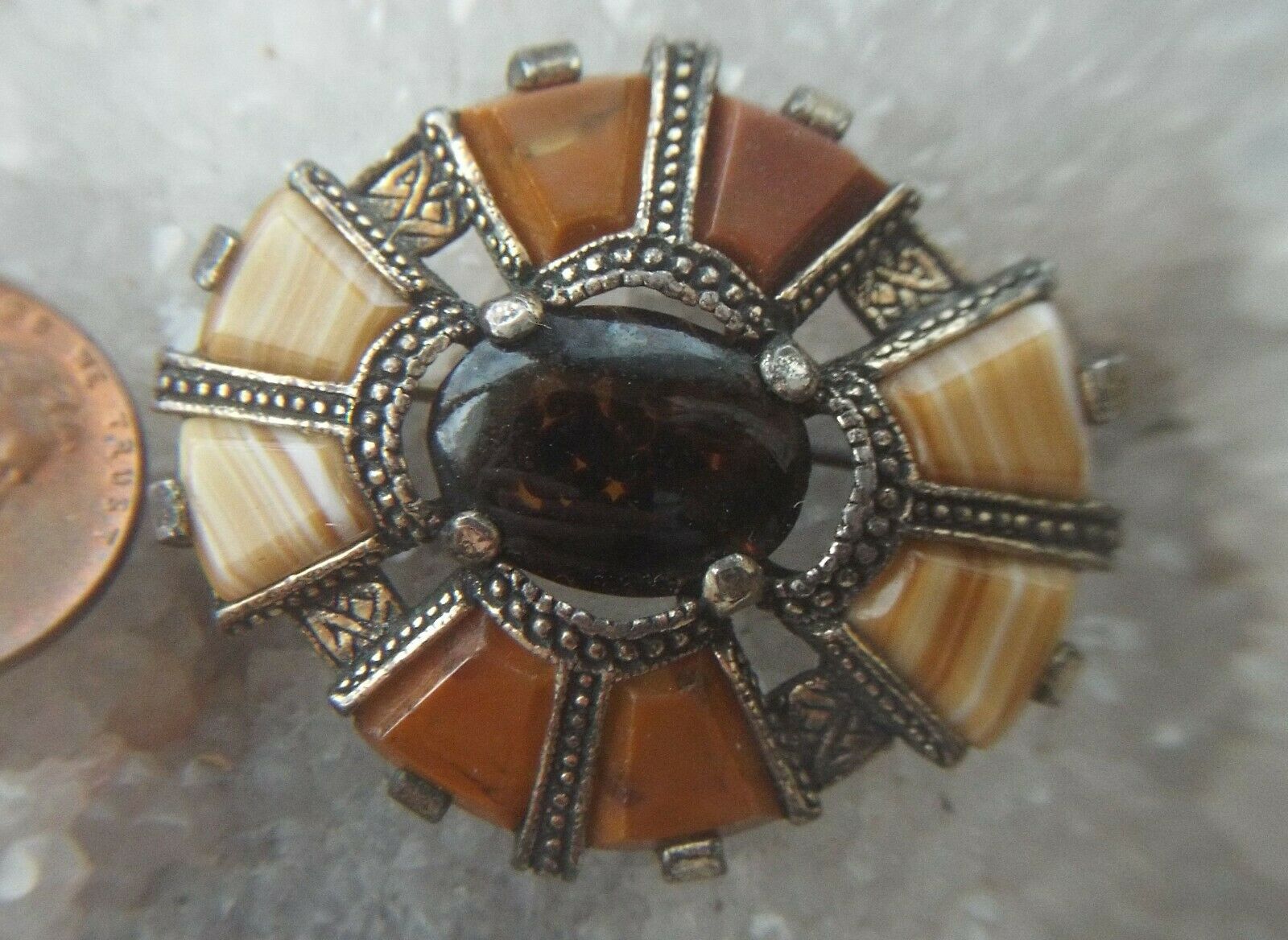-40%
100AD Ancient Roman Thrace Bulgaria Carnelian Blood of Isis Mummy Soul Talisman
$ 79.19
- Description
- Size Guide
Description
Two Beautiful, Colorful 14 Millimeter (22 Carats!) Ancient Roman Semi-Precious Carnelian Faceted Gemstones on Sterling Silver French Hooks.CLASSIFICATION
: Hand carved and faceted spherical orange carnelian (quartz) semi-precious gemstones mounted onto contemporary high quality sterling silver french hook style earrings.
ATTRIBUTION
: Eastern Roman Empire (Thracia), 1st Century A.D.
SIZE/MEASUREMENTS
:
Combined Weight: 22.19 carats.
Approximate Diameter: 12 millimeters.
CONDITION
: Very good. Sound integrity, no cracks or major chips. Minor scratches and scuffs consistent with use and then burial in soil.
DETAIL
: Carnelian was mentioned a number of times in the ancient Egyptian “Book of the Dead”. A "tet" amulet made of carnelian was placed on a mummy's neck to protect the soul of the departed in the afterlife. The amulet was consecrated by steeping it overnight in flower-water, after which it was empowered by reciting the appropriate spell from the Book of the Dead over it. The ancient Egyptians often referred to carnelian as “the blood of Isis”. According to legend, the goddess Isis shed tears of blood upon the death of her husband, Osiris. The tears turned into carnelian, which she then shaped into a tet amulet. Isis placed the tet around the neck of Osiris to protect her husband as he journeyed to the underworld.
Here are two nicely preserved genuine carnelian gemstone pendant hand-carved and finished into faceted spheres sometime during the 1st century A.D. in Roman Provincial Thracia. Carnelian gemstones and jewelry were very popular throughout the Roman Empire, and carnelian was widely used to carve cameos and signet/intaglio rings. Since before recorded history evidence suggests that carnelian was one of the most favored gemstones for at least the past 10,000 years. Two of the richest archaeological treasures, the tombs of both the Egyptian Pharaoh Tutankhamen and Sumerian Queen Pu-abi's tomb at Ur contained many splendid examples of carnelian jewelry. The Romans acquired their taste for this beautifully colored reddish-orange gemstone from the Phoenicians, who traded extensively in carnelian. These gorgeous carnelian semi-precious gemstones have been mounted onto high-quality sterling silver french hooks. These are not cheap, silver electroplated nickel earrings. This is quality jewelry designed to last a lifetime. If you would prefer, they could also be mounted onto 14kt solid gold french hooks, kidney wires, euroclicks, or leverbacks – even ball/stud dangles. And yes, these are the actual hand faceted gemstones you will receive.
ROMAN HISTORY
: One of the greatest civilizations of recorded history was the ancient Roman Empire. In exchange for a very modest amount of contemporary currency, you can possess a small part of that great civilization in the form of a 2,000 year old piece of jewelry. The Roman civilization, in relative terms the greatest military power in the history of the world, was founded in the 8th century (B.C.). In the 4th Century (B.C.) the Romans were the dominant power on the Italian Peninsula, having defeated the Etruscans and Celts. In the 3rd Century (B.C.) the Romans conquered Sicily, and in the following century defeated Carthage, and controlled the Greece. Throughout the remainder of the 2nd Century (B.C.) the Roman Empire continued its gradual conquest of the Hellenistic (Greek Colonial) World by conquering Syria and Macedonia; and finally came to control Egypt in the 1st Century (B.C.)
The pinnacle of Roman power was achieved in the 1st Century (A.D.) as Rome conquered much of Britain and Western Europe. For a brief time, the era of “Pax Romana”, a time of peace and consolidation reigned. Civilian emperors were the rule, and the culture flourished with a great deal of liberty enjoyed by the average Roman Citizen. However within 200 years the Roman Empire was in a state of steady decay, attacked by Germans, Goths, and Persians. In the 4th Century (A.D.) the Roman Empire was split between East and West. The Great Emperor Constantine temporarily arrested the decay of the Empire, but within a hundred years after his death the Persians captured Mesopotamia, Vandals infiltrated Gaul and Spain, and the Goths even sacked Rome itself. Most historians date the end of the Western Roman Empire to 476 (A.D.) when Emperor Romulus Augustus was deposed. However the Eastern Roman Empire (The Byzantine Empire) survived until the fall of Constantinople in 1453 A.D.
At its peak, the Roman Empire stretched from Britain in the West, throughout most of Western, Central, and Eastern Europe, and into Asia Minor. Valuables such as coins and jewelry were commonly buried for safekeeping, and inevitably these ancient citizens would succumb to one of the many perils of the ancient world. Oftentimes the survivors of these individuals did not know where the valuables had been buried, and today, two thousands years later caches of coins and rings are still commonly uncovered throughout Europe and Asia Minor. Roman Soldiers oftentimes came to possess large quantities of “booty” from their plunderous conquests, and routinely buried their treasure for safekeeping before they went into battle. If they met their end in battle, most often the whereabouts of their treasure was likewise, unknown. Throughout history these treasures have been inadvertently discovered by farmers in their fields, uncovered by erosion, and the target of unsystematic searches by treasure seekers. With the introduction of metal detectors and other modern technologies to Eastern Europe in the past three or four decades, an amazing number of new finds are seeing the light of day 2,000 years or more after they were originally hidden by their past owners. And with the liberalization of post-Soviet Eastern Europe, new markets have opened eager to share in these treasures of the Roman Empire.
HISTORY OF THRACE:
The indigenous population of ancient Thrace were Indo-Europeans who spoke their own language who archaeologists believe originated in the area of the Black Sea around 5,000 B.C. Thrace included areas of present day Bulgaria, Northeastern Greece, Eastern Serbia, portions of Macedonia, and portions of northwest Turkey. Divided into separate tribes, the Thracians did not form a lasting political kingdom until the Odrysian and Dacian States were founded in the early 4th century B.C. At its greatest it extended beyond the Danube to the North (Ancient Dacia and Pannonia, present day Moldova and Romania) and to Southern Russia and the Ukraine to the East. The Thracians were capable of wielding an army of 150,000, and threatened even regional powerhouse Macedonia until both were conquered by the Persians under Darius the Great.
The Thracians were to fall under the cultural influence of the ancient Greeks, though as non-Greek speakers, they were viewed by the Greeks (and subsequently the Romans) as barbarians. The Greeks founded Thracian colonies as early as the sixth century B.C. Homer’s Iliad records that the Thracians had agreed to fight on the side of the Mycenaean Greeks in the Trojan War. However according to the account the Thracians did not fulfill this promise. In the Odyssey, Odysseus and his men raided Thrace on their way back home from the war. This was to punish them for their "cowardice", as the Odyssey puts it. Many mythical figures, such as the god Dionysus, princess Europa, and the hero Orpheus were borrowed by the Greeks from their Thracian neighbors. The Thracians were described by Roman Historian Herodotus as the second most numerous of peoples, after the Indians, and potentially the most powerful, and he suggested that the extent of the lands they inhabited and controlled would have made them a vast empire, if they were united.
Thrace was to fall to the great Persian armies of Darius the Great in the late sixth century B.C., and subsequently to Alexander the Great in the fourth century B.C. Thereafter Thrace was ruled by the Macedonians until Macedonia was stripped of its territories after its third war with the Romans. After the conclusion of the “Third Macedonian War, Thrace was ruled directly by Rome as a client state. The successor of the Roman empire on the Balkans, the Byzantine (or Eastern roman) Empire retained control over Thrace until the beginning of the 9th century, after which time control of Thrace alternated between the Byzantine Empire and Bulgaria (Roman Moesia). However ultimately the Ottoman Turks conquered the region and held it for five centuries until the disintegration of the Ottoman Empire after the conclusion of World War I. Recently Bulgarian archaeologists have made monumental discoveries of Royal Thracian burials dating back to the fifth through third centuries B.C. in what has become known as Thracian Valley of the Kings.
CARNELIAN HISTORY:
Aside from pearls, which were "discovered" as gemstones by prehistoric man, carnelian, turquoise, and lapis lazuli are the oldest gemstones utilized in the manufacture of jewelry. Carnelian is a translucent form of (chalcedony) quartz, and ranges in color from yellow to a deep red, the color due to the presence of iron oxide. Some of the most ancient examples of jewelry included carnelian. Queen Pu-abi's tomb at Ur in Sumeria dated from the 3rd millennium B.C. In the crypt the upper part of the queen's body was covered with a robe made of gold, silver, lapis lazuli, carnelian, agate, and chalcedony beads. In Egyptian jewelry the use of gold was predominant, and it was generally complemented by the use of three colors of carnelian, as well as turquoise, and lapis lazuli. For example the orange accents in the famous mask of Tutankhamun were provided by carnelian gemstones. The blood red varieties of carnelian gained great popularity in the ancient world, and were widely used to produce engraved gemstones. Intaglio-incised carving was probably first used to produce seals. The art form is believed to have originated in southern Mesopotamia, and was highly developed by the 4th millennium B.C.
The source for most carnelian in the early Mediterranean were simply gemstones found on the surface of the Egyptian and Arabian deserts. However by the first millennium B.C., carnelian was coming to the Mediterranean from India. The gemstones would reached the Mediterranean either via the Silk Route (if overland) or if by sea, they would have crossed the Arabian and Red Sea by ship, then overland to Alexandria in Egypt, before being distributed by trade across and around the Mediterranean. The ancient Indians were very fond of carnelian. Long beads in excess of 12cm in length (6 inches) were very popular with the Indus Valley populations (present-day Punjab), specimens having been excavated by archaeologists which date back to before 2,000 B.C. By 1700 B.C. the Minoans (of ancient Crete) had established trade routes from Knossos to Turkey, Cyprus, Egypt, Afghanistan, and Scandinavia. Carnelian was one of their major trade goods, along with amethyst, lapis lazuli, and gold. Even as far away as Japan carnelian has been found in Iron Age burials. In earthquake-prone lands such as Babylon and Greece, carnelian served as a talisman of good luck. An ancient saying went: "no man who wore a carnelian was ever found in a collapsed house or beneath a fallen wall."
Carnelian was mentioned a number of times in the ancient Egyptian “Book of the Dead”. A "tet" amulet made of carnelian was placed on a mummy's neck to protect the soul of the departed in the afterlife. The amulet was consecrated by steeping it overnight in flower-water, after which it was empowered by reciting the appropriate spell from the Book of the Dead over it. The ancient Egyptians often referred to carnelian as “the blood of Isis”. According to legend, the goddess Isis shed tears of blood upon the death of her husband, Osiris. The tears turned into carnelian, which she then shaped into a tet amulet. Isis placed the tet around the neck of Osiris to protect her husband as he journeyed to the underworld. In Egyptian mythology Isis was the equivalent of the universal mother-god found in virtually all civilizations, and was worshipped as the mother of Ra. Isis was the sister of Osiris (who was also her husband), Nepthys and Seth, the daughter of Nut and Geb and the mother of Horus, the winged Falcon God. Other early Mediterranean cultures as well believed that carnelian would protect the deceased in the journey between this world and the next. Carnelian was also believed an aid to astral travel in ancient Egypt, and Siberian shamans believed likewise. Ancient shamans believed that carnelian boosted all psychic and magical powers, especially intuitive gifts like psychometry, dowsing, clairvoyance, and astral travel.
Carnelian was widely used throughout ancient the ancient Sumerian, Babylonian, Assyrian, Minoan and Phoenician worlds, as well as in ancient Greece, Rome, and Persia for the carving of intaglio gemstones for signet rings and other seals used by dignitaries and merchants to authenticate documents with their own unique personal “signature”. Many of the intaglio carnelian rings and signets produced by ancient Roman and Greek craftsmen and still in existence today, have retained their high polish better than many harder stones. A particularly noteworthy collection is housed at The Hermitage in St. Petersburg, Russia. Carnelian was probably the favorite gemstone for Roman artisans as they produced the intaglio gemstones so popular in signet rings. Aside from being quite beautiful, carnelian seals and signets had the practical advantage of not sticking to wax.
The ancient Mediterranean cultures, particularly the Romans, recommended carnelian gemstones for those of weak voice or timid on speech. It was also thought to give courage to those who wore the gemstone, and also to provide a positive influence on the reproductive system. As with amber, ancient Romans believed that the darker carnelian represented males and the lighter carnelian, females. In the world of the ancient Mediterranean, carnelian was also believed to be strong protection from the evil eye, referring to the almost universal belief in the ancient world that some evil sorcerers or witches had the ability to transmit evil with just a glance. The ancient Muslims also believed carnelian to protect against the evil eye, as well as bringing happiness to the owner. Carnelian was called “the Mecca stone”. Legend has it that Mohammad's seal was an engraved carnelian set in a silver ring, quite possible since carnelian was often used for signet seals. In ancient Islam carnelian stones were also engraved it with the name of Allah to promote courage in the wearer.
In ancient Tibet, it was believed that the seven treasures of material wealth were gold, silver, lapis lazuli, seashell, agate, pearl, and carnelian. Carnelian was used during the Middle Ages to enhance fertility, requiring that it be worn both by the male and female for those couples seeking a child. It was also believed to protect from miscarriage during pregnancy. The Medieval Christian Mystic Saint Hildegard recorded that carnelian was used to relieve headaches and as a child-birthing aid. In the Renaissance era cameos were frequently carved of carnelian in the belief that it would ward off depression and insanity. It was also believed that carnelian set in jewelry would help overcome shyness or social inhibitions. Napoleon is said to have carried a carnelian amulet he found in Egypt, as a talisman, echoing the ancient belief that carnelian would bring victory to the wearer in all contests except love.
Like earlier civilizations, medieval Europe believed carnelian to be a powerful healer, using it as a remedy for bleeding wounds. A leading medical treatise of the 17th century said of carnelian, “the powder is good to drink against all infections. Carried about, it makes cheerful minds, expels fear, makes courage, destroys and prevents fascinations and defends the body against all poisons. It stops blood by a peculiar property; and bound to the belly keeps up the birth.” "Carnelian" gets its name from the Latin "cornum" (cornel berry or carnelian cherry). The color of carnelian, which can range from yellow to orange to red and even to brown, is due to the presence of ferric oxide (iron). If the ferric oxides become hydrated, i.e., the stone absorbs moisture, the stone will be more yellow or brown. Conversely, if excess moisture is removed, it will become more red (which explains why it was often heated in the ancient world, even if by laying it out in the sun, so as to enhance the red hues). Carnelian is also fluorescent, showing under ultra violet light either a light blue or yellow-green coloration.
Throughout the history of the ancient world, gemstones were believed capable of curing illness, possessed of valuable metaphysical properties, and to provide protection. Found in Egypt dated 1500 B.C., the "Papyrus Ebers" offered one of most complete therapeutic manuscripts containing prescriptions using gemstones and minerals. Gemstones were not only valued for their medicinal and protective properties, but also for educational and spiritual enhancement. In the ancient world carnelian had many medicinal applications, believed useful in the treatment of open wounds, sores, spasms, fever, infections, nose bleeds, arthritis, and even infertility. It was also believed that a carnelian worn about a woman’s neck would relieve cramps. Carnelian was also believed to relieve back pain, arthritis, fight infections, as well as to improve circulation to help purify the blood. On the metaphysical plane, it was widely believed in Medieval Europe that a carnelian amulet would protect the home from fire and misfortune. It was also believed helpful in finding the right mate, and to help wearers achieve the perfect balance between creativity and mental processing (left and right hemisphere functions), and thus a useful aid for daydreamers and the absent-minded. Carnelian was also worn to enhance passion, desire, and sexuality.
Domestic shipping (insured first class mail) is included in the price shown. Domestic shipping also
includes
USPS Delivery Confirmation (you might be able to update the status of your shipment on-line at the
USPS Web Site
). Canadian shipments are an extra .99 for Insured Air Mail; International shipments are an extra .99 for Air Mail (and generally are NOT tracked; trackable shipments are EXTRA).
ADDITIONAL PURCHASES
do receive a
VERY LARGE
discount, typically about per item so as to reward you for the economies of combined shipping/insurance costs. Your purchase will ordinarily be shipped within 48 hours of payment. We package as well as anyone in the business, with lots of protective padding and containers.
We do NOT recommend uninsured shipments, and expressly disclaim any responsibility for the loss of an uninsured shipment. Unfortunately the contents of parcels are easily “lost” or misdelivered by postal employees – even in the USA. If you intend to pay via PayPal, please be aware that PayPal Protection Policies REQUIRE insured, trackable shipments, which is INCLUDED in our price. International tracking is at additional cost. We do offer U.S. Postal Service Priority Mail, Registered Mail, and Express Mail for both international and domestic shipments, as well United Parcel Service (UPS) and Federal Express (Fed-Ex). Please ask for a rate quotation. We will accept whatever payment method you are most comfortable with. If upon receipt of the item you are disappointed for any reason whatever, I offer a no questions asked return policy. Send it back, I will give you a complete refund of the purchase price (less our original shipping costs).
Most of the items I offer come from the collection of a family friend who was active in the field of Archaeology for over forty years. However many of the items also come from purchases I make in Eastern Europe, India, and from the Levant (Eastern Mediterranean/Near East) from various institutions and dealers. Though I have always had an interest in archaeology, my own academic background was in sociology and cultural anthropology. After my retirement however, I found myself drawn to archaeology as well. Aside from my own personal collection, I have made extensive and frequent additions of my own via purchases on Ebay (of course), as well as many purchases from both dealers and institutions throughout the world – but especially in the Near East and in Eastern Europe. I spend over half of my year out of the United States, and have spent much of my life either in India or Eastern Europe. In fact much of what we generate on Yahoo, Amazon and Ebay goes to support The Hermitage Museum in St. Petersburg, as well as some other worthy institutions in Europe connected with Anthropology and Archaeology.
I acquire some small but interesting collections overseas from time-to-time, and have as well some duplicate items within my own collection which I occasionally decide to part with. Though I have a collection of ancient coins numbering in the tens of thousands, my primary interest is in ancient jewelry. My wife also is an active participant in the "business" of antique and ancient jewelry, and is from Russia. I would be happy to provide you with a certificate/guarantee of authenticity for any item you purchase from me. There is a fee for mailing under separate cover. Whenever I am overseas I have made arrangements for purchases to be shipped out via domestic mail. If I am in the field, you may have to wait for a week or two for a COA to arrive via international air mail. But you can be sure your purchase will arrive properly packaged and promptly - even if I am absent. And when I am in a remote field location with merely a notebook computer, at times I am not able to access my email for a day or two, so be patient, I will always respond to every email. Please see our
"ADDITIONAL TERMS OF SALE."










